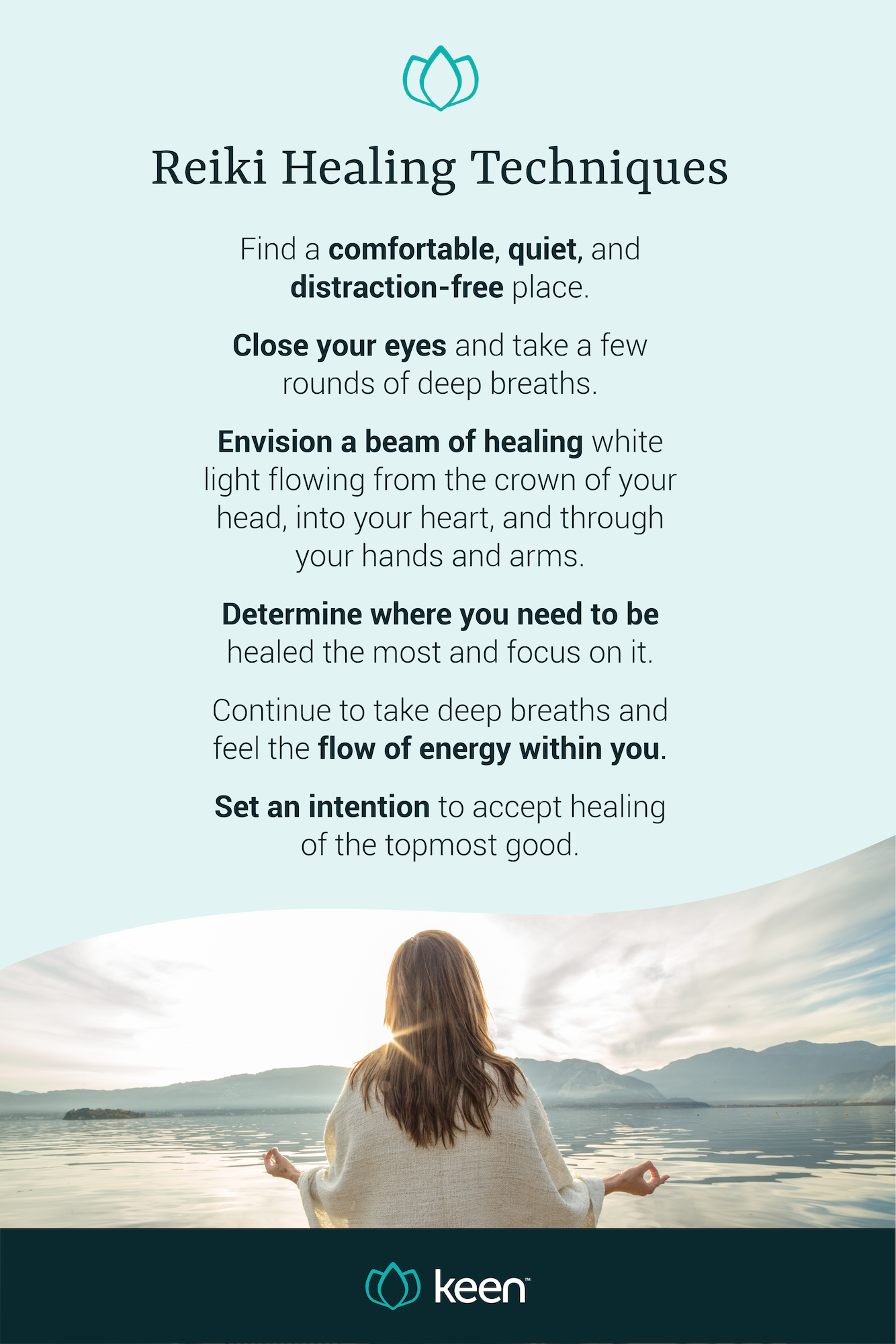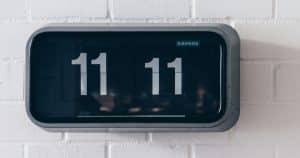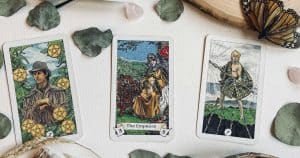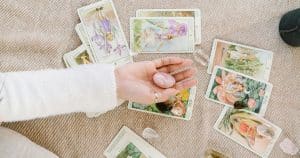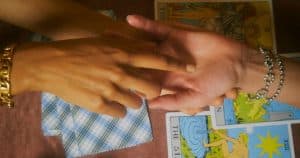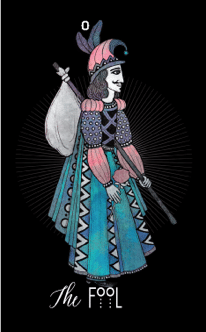Stress. A physical, mental, and emotional response to a specific situation or circumstance that affects each and every one of us — especially during uncertain times. While there are several ways to cope with stress, Reiki healing is a method that doesn’t always get the amount of attention or credibility that it deserves. Regardless, research suggests that 1.2 million adults tried Reiki or a similar therapy at least once back in 2006, so one can only imagine how that number has grown today. Not to mention, several celebrities such as Angelina Jolie, Ellen DeGeneres, Gwyneth Paltrow, and Nicole Kidman are singing its praises. “A 2007 survey shows that, in the United States (U.S.), 1.2 million adults tried Reiki or a similar therapy at least once in the previous year.” –
If you’ve heard the term but you’re still in the dark about what Reiki therapy is, let’s start with the basics. Reiki is a Japanese technique that’s used to help relax the body and mind while reducing stress and promoting healing. The literal translation is Rei, God’s Wisdom or the Higher Power, and Ki — life force energy. Reiki therapy is conducted with the hands as it’s believed that a visible life force energy flows through the body and keeps us balanced. When the energy is low, the more likely we are to feel stressed or become ill. If it’s high, the more apt we are to be healthy and content. Here’s a deeper dive into this alternative healing method that’s garnering a lot of buzz.
Reiki Principles
When you’re first starting to understand Reiki, it’s imperative that you understand the five core principles — they’re all centered around being present and living in the moment. Trusting in yourself is also key as it provides you with the ability to accept being healed and also heal others if you so choose. The main Reiki principles are:
- Just for today, do not worry.
- Just for today, do not anger
- Just for today, be honest.
- Just for today, be humble.
- Just for today, be compassionate.
Reiki Symbols
Back in the day, Reiki symbols were kept a secret, only to be disclosed to Reiki students by a master teacher during the initiation phase. Today, you can easily find these symbols in books or online — much to the dismay of many Reiki masters and practitioners who prefer the traditional method. Reiki healing symbols are one of the tools used to access life force energy in order to heal and balance.The five main symbols in the Usui Reiki Healing System (a more advanced system) are:
- Choku Rei: The Power Symbol
Empowering, protecting, and cleansing
- Sei Hei Ki: The Harmony Symbol
Forgiveness and disconnecting negative energy
- Hon Sha Ze Sho Nen: The Distant Connection Symbol
A connection that goes beyond space and time
- Raku: The Completion Symbol
Energy healing and grounding
- Dai Ko Myo: The Reiki Master Symbol
Soul healing, empowerment, and non-dual realization
Reiki Healing Techniques
As one progresses when learning Reiki, they will pick up more symbols, skills, and techniques along the way. By the time a student reaches the Karuna Reiki level, they could have as many as 38 tools under their belt. Some techniques include infusing, dispelling negative/harmful energy, beaming, clearing, centering, and smoothing and raking the aura.
Reiki is performed using the hands, whether that’s to treat yourself or others. You have to be in the right form of mind during a session as focus and meditation are the keys to success. While you can see a Reiki practitioner, you can also conduct basic Reiki healing on yourself, too. Here’s what to do:
- Find a comfortable, quiet, and distraction-free place.
- Close your eyes and take a few rounds of deep breaths.
- Envision a beam of healing white light flowing from the crown of your head, into your heart, and through your hands and arms.
- Determine where you need to be healed the most and focus on it.
- Continue to take deep breaths and feel the flow of energy within you.
- Set an intention to accept healing of the topmost good.
How a Reiki Session Works
Like any therapy, Reiki is best conducted in a quiet, distraction-free environment. The cost of a session depends upon the market and the time duration (typically 60-90 minutes), but the average rate is approximately $70-$90.
- The recipient will lay on a table or sit in a comfortable chair — there’s no need to remove any clothing.
- Using different shapes, the practitioner will place their hands over specific areas of the body for around two to five minutes — this is where the transfer of life energy takes place. They will hold their hands over each zone until it’s clear that the energy has stopped flowing. If there’s an injury like a broken bone, the hands will concentrate on that area.
After a Reiki Session
Reiki has many benefits, including stress relief; relaxation; enhanced spiritual, mental, and emotional well-being; decreased anxiety; support for the body’s natural healing mechanisms; and improving overall wellbeing. Research even suggests that Reiki can help with postoperative tooth pain, dementia, pain for those who are chronically ill, depression, and the well-being of Reiki practitioners.
Some individuals may feel better right away — especially from a relaxation standpoint. However, you should be aware of some of the natural side effects you may feel after a session as your body is rebalancing itself. It’s possible to feel tired and overly-emotional. On the flip side, you may feel a sudden burst of energy. Just know that these side effects are natural and that it’s a part of the process to clear the proverbial clutter that’s weighing you down.


